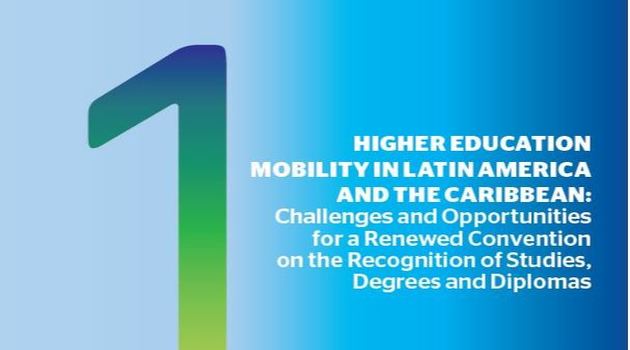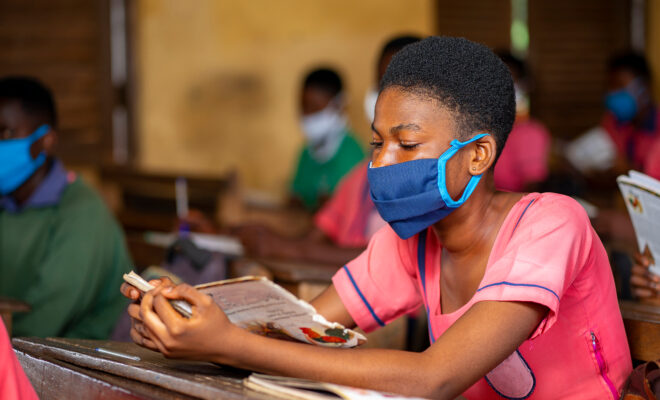Higher Education in the recovery plans

By Francesc Pedró | It may still seem too early to start worrying about higher education’s presence in the recovery plans when millions of students are still unable to return to the classroom. But the situation created by the pandemic is beginning to have very diverse characteristics in different regions of the world. While European universities are gradually recovering the pulse of face-to-face attendance, North American campuses are beginning to require vaccination certificates and, finally, in Latin America and the Caribbean, remote education continues to predominate without it being possible to predict an early date for a massive return to the classroom. Inevitably, the pace of vaccination will be a determining factor in the sector’s return to normality.
The disparity in vaccination rates is also reflected in the speed with which governments rush to design recovery plans and, of course, in the role they assign to higher education in these plans. A cursory analysis indicates, to begin with, that not all governments have opted for the same solutions. Although most of them have done their best to support the higher education system to ensure pedagogical continuity during the pandemic’s scourge, the way in which they design exit strategies also reflects different political choices. Similar to financial aid schemes, in the sense that they can be targeted at companies or workers, or both, three different strategies clearly emerge in the case of higher education.
The first, exemplified in the case of President Biden’s recent initiatives in the United States, focuses its efforts on supporting students directly, particularly those who are most vulnerable, either because of credit debt or because the pandemic has affected them more than the others. The second strategy is more frequent in those countries where the financing of their higher education systems depends, to a large extent, on the flow of international students. The economic impact that the pandemic has had on higher education institutions in countries such as Australia, England and New Zealand has highlighted the fragility of the public funding mechanisms of these systems and their extreme dependence on the international commercialization of educational services. In this case, the strategies treat higher education as a peculiar industry that has lost tens of thousands of jobs and is astonished by the difficulties of economic viability of many institutions. In these cases, the predominant flow of aid is aimed at ensuring the functioning of the institutions. The third strategy, which is only beginning to be discussed in a few European countries, such as Germany, France and some Nordic countries, considers higher education as a necessary lever for change and an engine for exiting the crisis. In essence, it is a matter of recognizing that, just as universities and research centers have been at the service of the search for solutions of all kinds to the devastation caused by the pandemic from the outset, they also have the potential to become essential players in the process of recovery and social and economic transformation.
It is easy to see that these three strategies recognize three very different orientations regarding the role that the State should have in higher education: from maximum respect for the autonomy and self-regulation of institutions, with public policies focused on equal opportunities, to the consideration of higher education as a true industry that competes in an international market, that the State must not only regulate but also protect when workplaces or its own international prestige are at stake, without forgetting the option for a strategic use of higher education through the creation of programs that encourage the capacity of higher education to respond to the scientific, social and economic challenges posed by the crisis.
But a fourth strategy, as global as the pandemic itself, is lacking. This strategy, which we must help to build from international bodies and also from institutions and organizations that promote international academic cooperation, must be based on the principle that we are facing planetary problems whose solution can hardly be found within our own national borders. We must aspire to build spaces for international cooperation in higher education, research and science that will help us find better solutions together, more quickly, by supporting open science and knowledge initiatives.
The pandemic has made the 2030 agenda even more relevant and urgent, if possible. All of us who have responsibilities in higher education must alert to the need that, along with the necessary presence of universities in national recovery plans, it is imperative to strengthen spaces for cooperation and international mobility because we are increasingly dependent on them to face the challenges of the present and the future.
Access the article, originally published on 10/06/2021 by Fundación Carolina
Photo by Jaime Lopes on Unsplash
RELATED ITEMS







